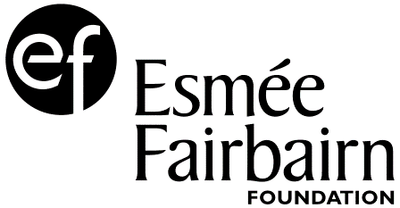The Raymond Clausen Archive
![Slit drums with Clausen's microphone, at Wor Tamat, Atchin, Vanuatu [1993.6.2.178]. Clausen made one recording at Wor Tamat dancing ground on Atchin in 1962 [recording accession number 1993.6.1.170] © Pitt Rivers Museum clausen](../images/clausen.jpg) Slit drums with Clausen's microphone, at Wor Tamat, Atchin, Vanuatu [1993.6.2.178]. Clausen made one recording at Wor Tamat dancing ground on Atchin in 1962 [recording accession number 1993.6.1.170] © Pitt Rivers MuseumRaymond Clausen was a pioneering and yet little known ethnomusicologist who conducted extensive fieldwork in Vanuatu during the early 1960s. Clausen was a musician and composer and pursued his work largely outside of institutional positions. He did, however, serve as secretary of the ethnomusicology committee of the Royal Anthropological Institute in the 1950s, membership of which included such luminaries as John Blacking, the Rev. A.M. Jones and Maud Karpeles. Clausen was a student of John Layard, the anthropologist who accompanied W.H.R. Rivers, A.C. Haddon and Malinowski on an expedition to the New Hebrides (now Vanuatu) in 1914. Layard himself conducted extensive research into ceremonies at Aitchin, a small islet near Malekula, recording the music and later publishing 'Stone Men of Malekula' in 1942. Using some of Layard's wax cylinder recordings and other materials, Clausen wrote a masters dissertation while at Exeter College, Oxford, entitled 'A Musicological Study of the Layard Collection of Recorded Malekulan Music in its Social and Ritual Setting' (1958). Clausen and his wife, Tandi, conducted fieldwork together for several years in Vanuatu and Tandi completed a Ph.D in Social Anthropology at the London School of Economics, entitled 'An Analysis of Kinship Terminology and Social Organization in North East Malekula, Vanuatu (New Hebrides)' (1985).
Slit drums with Clausen's microphone, at Wor Tamat, Atchin, Vanuatu [1993.6.2.178]. Clausen made one recording at Wor Tamat dancing ground on Atchin in 1962 [recording accession number 1993.6.1.170] © Pitt Rivers MuseumRaymond Clausen was a pioneering and yet little known ethnomusicologist who conducted extensive fieldwork in Vanuatu during the early 1960s. Clausen was a musician and composer and pursued his work largely outside of institutional positions. He did, however, serve as secretary of the ethnomusicology committee of the Royal Anthropological Institute in the 1950s, membership of which included such luminaries as John Blacking, the Rev. A.M. Jones and Maud Karpeles. Clausen was a student of John Layard, the anthropologist who accompanied W.H.R. Rivers, A.C. Haddon and Malinowski on an expedition to the New Hebrides (now Vanuatu) in 1914. Layard himself conducted extensive research into ceremonies at Aitchin, a small islet near Malekula, recording the music and later publishing 'Stone Men of Malekula' in 1942. Using some of Layard's wax cylinder recordings and other materials, Clausen wrote a masters dissertation while at Exeter College, Oxford, entitled 'A Musicological Study of the Layard Collection of Recorded Malekulan Music in its Social and Ritual Setting' (1958). Clausen and his wife, Tandi, conducted fieldwork together for several years in Vanuatu and Tandi completed a Ph.D in Social Anthropology at the London School of Economics, entitled 'An Analysis of Kinship Terminology and Social Organization in North East Malekula, Vanuatu (New Hebrides)' (1985).
The Recordings
The Clausen collection consists of 525 reels of music and soundscapes from Vanuatu recorded in the early 1960s. Clausen has recorded multiple examples of slit drum ceremonies and performances, often including locations and named individuals. He was interested in both indigineous music and the influence of Christian Missions and other popular forms. He recorded lots of Christian Hymns, including some beautiful harmonies, and even Christian folk and pop songs, as well as some examples of South Pacific popular music of the time. Clausen's collection includes many of the sounds of everyday life, including children playing, the ocean, preaching in churches, and conch trumpets being blown to distinguish and praise different varieties of tusked boars.
The Playlist
The playlist below includes several examples of slit drum performances (Durei-na-Mbwe songs), a guitar song, and the sounds of conch trumpets.


